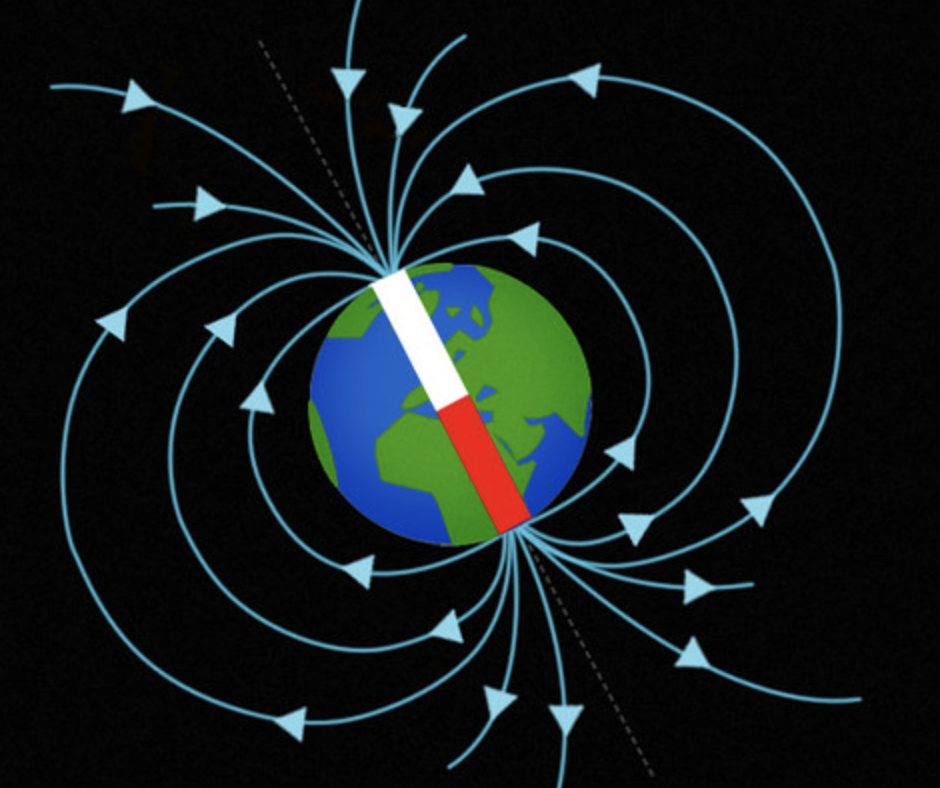On Friday afternoon, the NOAA Space Weather Center forecasted a great aurora for the Northwest and it happened. A tremendous event to watch. At the same time, the Center predicted a substantial event for Saturday night, but it never happened.
Aurora forecasts a day or two ahead often fail, while weather predictions are generally nearly perfect a few days into the future.
Why the difference between weather and auroral prediction?
To understand the auroral forecast problem, you must understand why auroras occur.
Auroras generally start with a disturbance on the surface of the sun, such as a solar flare or a coronal mass ejection (CME)---see below. Note that the corona is the outermost layer of the sun.
These disturbances eject vast quantities of charged particles that move at vast speeds (such as a million miles per hour!) away from the sun. Such ejections of charged particles can also alter the magnetic field around the sun. I should note that even without disturbances on the sun this is a background amount of particles leaving the sun, known as the solar wind.
The sun has a magnetic field around it, and so does the Earth (see below, from Zappys). Note how the magnetic field lines (light blue) approach and leave the polar regions.
Now the key part. As particles from the sun (the solar wind) approach the earth, they interact with the earth's magnetic field, so that solar particles can enter the earth's atmosphere near the poles...or actually a ring around the poles centered on the earth's magnetic poles (see below).
During a solar storm, increased numbers of particles leave the sun, which can reach the Earth a day or two later. This revs up the aurora. It also disturbs the earth's magnetic field.

cc









as always, your insight informs us. I would also appreciate your insight on recent King5 post about "69% chance of La Niña conditions developing this summer, NOAA says". The article says the La Niña and El Niño cycles can't be used to predict weather...however I will never forget the summer of 2015 here in Puget Sound! I had never seen so many cloudless, rainless days in a row...like EVER anywhere I lived growing up in California. I recall they said it was an El Niño year, so now I'm confused. The cycle either DOES or DOES not affect weather?
ReplyDeleteI'm no Cliff Mass :^) but El/La signal is meaningless in summer. It's a fall/winter signal.
DeleteIf the detection satellite is 1 million miles from earth and can detect incoming particles and is able to give 30 minutes notice, how does is send the message? Does the message arrive at the speed of light while the particles are also coming at the speed of light? Do they arrive at the same time thereby giving no notice?
ReplyDeleteI think the particles move much slower than the speed of light, since they are protons, electrons, and charged ions (not light).
DeleteVai is correct. The solar transit time for light is 8 minutes. The transit time for these particles varies, but at a nominal 1 million mph, that equates to 93 hours.
DeleteThe short notice from L1 has to with it being so close to us at only 4x the distance to the Moon, or 1/100 the distance to the Sun.
Where can we find that L1 satellite data, so we can see it for ourselves?
ReplyDeleteIs this the site Cliff is referring to?
Deletehttps://www.swpc.noaa.gov/products/real-time-solar-wind
The planet (heck, everything) is cruising at incredible speed 'round the circuit, so to speak (think of our orbit as a somewhat oval track). Just as-for meteor showers, "We're just passing through" all sorts of schmutz on each pass. I've always understood that the ejecta streams are pretty irregular, in themselves. In all honesty, I didn't mind our moving along and getting past the zone (I do NOT wear a tinfoil hat, but there are impacts - grins). The Friday show - gobsmacking up here in the hills.
ReplyDelete